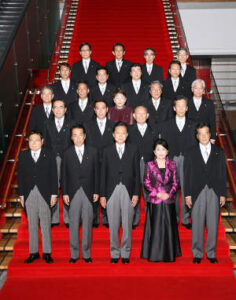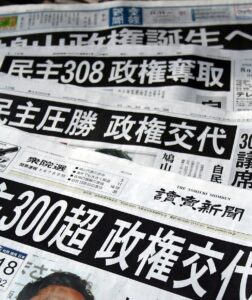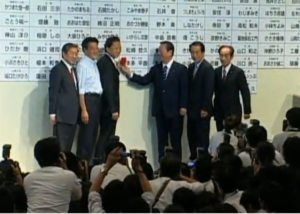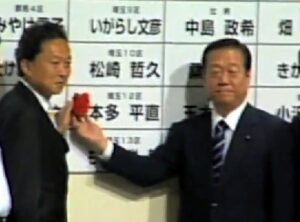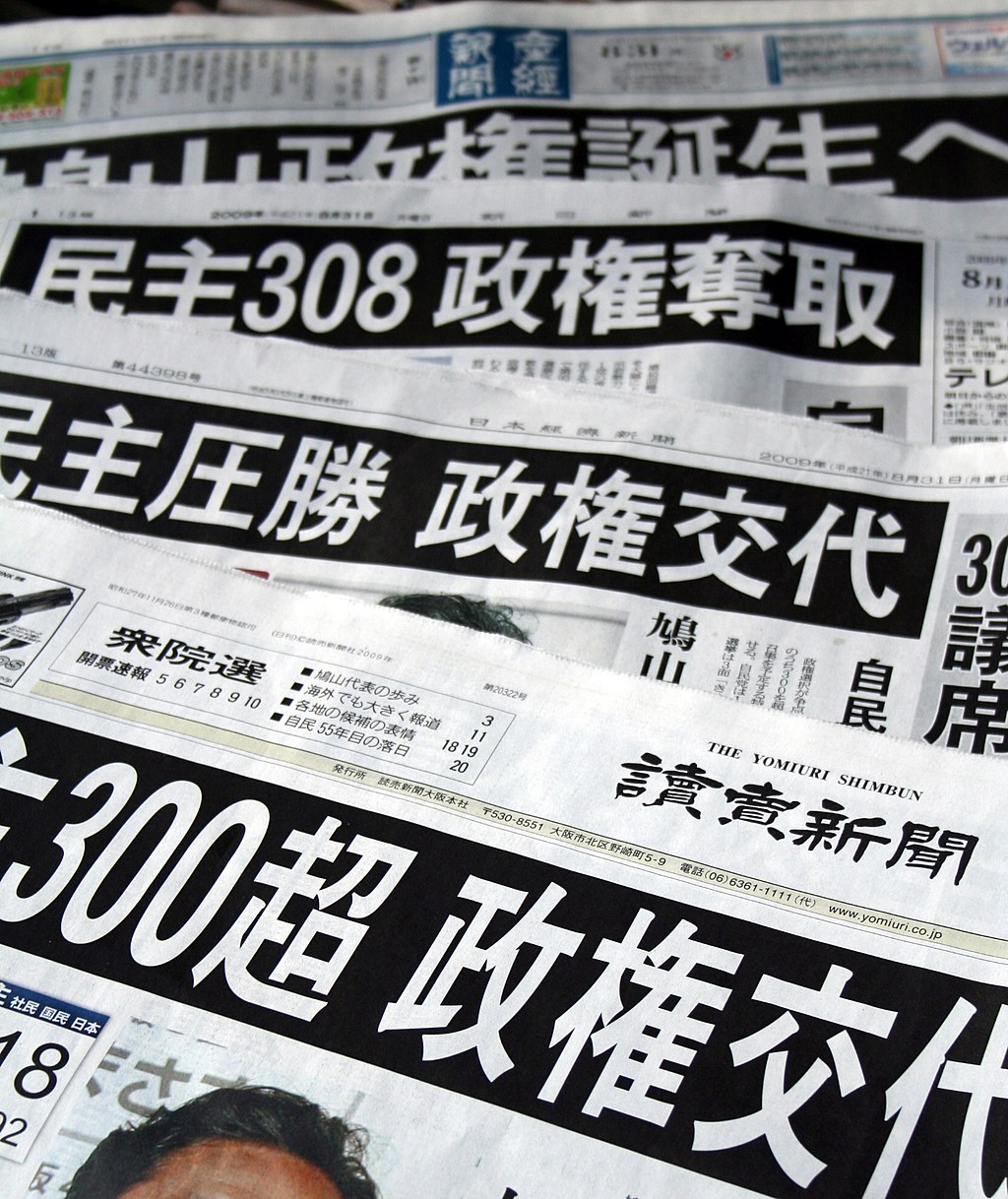In just three years, Ozawa Ichiro managed to guide the DPJ from defeat to one of the most smashing victories in Japan’s political history. How did he do it? And why, despite the fact that he was the one who set the stage for this victory, did he never end up serving as the prime minister in the aftermath?
Sources
Funabayashi, Yoichi, and Koichi Nakano, eds. The Democratic Party of Japan in Power: Challenges and Failures. Translated by Kate Dunlop.
The LDP rules for electing a party president are here; these rules are what led to Koizumi Junichiro leaving the PM’s office in 2006. I think it’s fair to say that without them, he likely would have been able to stay at least a few more years.
Reuters coverage from 2008 of the sparring between Ozawa and Fukuda in the House of Councilors.
BBC coverage of the attempted ouster against Aso Taro in 2009, plus some bonus Reuters coverage from 2007 of stupid things Aso has said (he has since added more).
The Guardian’s coverage of Ozawa Ichiro’s resignation as party president in May of 2009.
The DPJ’s 2009 manifesto (and indeed, all the party’s various manifestos) are still up on its website, which includes an English-language section.
Images
